China’s Tiangong space station orbits the Earth at an altitude of 340-450 km, roughly the same altitude as the International Space Station (ISS). The China Manned Space Agency (CMSA) built Tiangong, which means “Heavenly Palace”, in low Earth orbit, launching each of the three modules that make up the station between 2021 and 2022. CMSA launched Tianhe, the first module of the station, on 28 April 2021, the second module Wentian on 24 July 2022, and the third module Mentian on 31 October 2022.
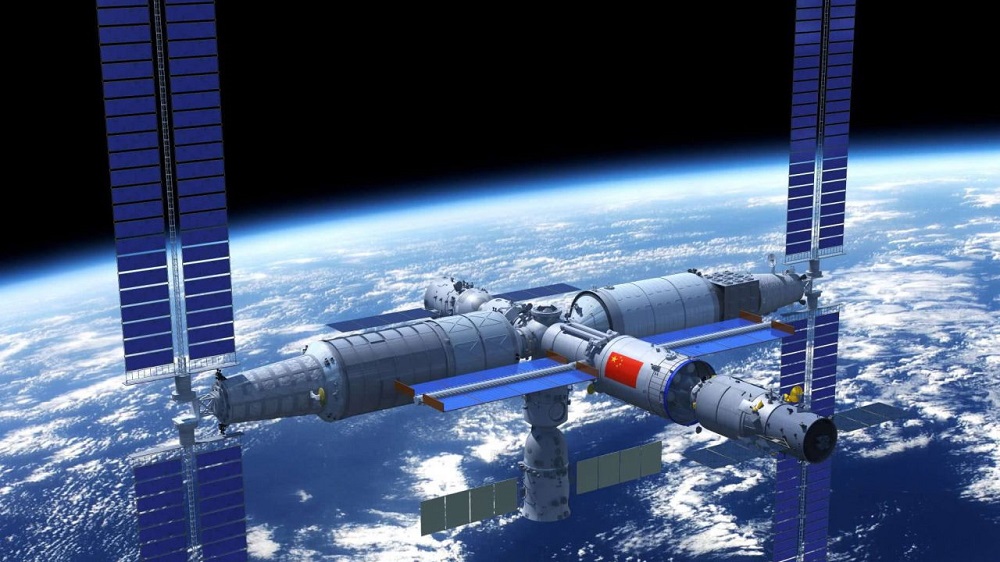 The first crew to visit China’s Shenzhou-12 space station arrived on 16 June 2021, when only the Tianhe core module was in orbit. The taikonauts – Chinese astronauts – spent 90 days aboard Tianhe, about three times longer than any previous space flight by a Chinese crew. CMSA hopes that Tianhe will be permanently inhabited by at least three astronauts for at least ten years. During this time, many experiments from both China and other countries will be conducted on the station. The Chinese space station was completed on 5 November 2022 after a manoeuvre to move the newly arrived Mengtian module to its permanent docking port.
The first crew to visit China’s Shenzhou-12 space station arrived on 16 June 2021, when only the Tianhe core module was in orbit. The taikonauts – Chinese astronauts – spent 90 days aboard Tianhe, about three times longer than any previous space flight by a Chinese crew. CMSA hopes that Tianhe will be permanently inhabited by at least three astronauts for at least ten years. During this time, many experiments from both China and other countries will be conducted on the station. The Chinese space station was completed on 5 November 2022 after a manoeuvre to move the newly arrived Mengtian module to its permanent docking port.
China is excluded from the ISS programme, largely due to US concerns about Chinese space programmes’ links to the People’s Liberation Army, the military branch of the ruling Communist Party. In 2011, Congress prohibited NASA from engaging in significant cooperation with the Chinese side without special prior authorisation. This law, known as the Wolfe Amendment, makes it very difficult for China to participate in the ISS programme, if the country even wants to do so. China is not an ISS partner, and no Chinese astronaut has ever visited the venerable outpost. Thus, the only option for working beyond Earth was to build its own space station.
Technical characteristics of Tiangong
The Chinese space station is much smaller than the International Space Station and consists of only three modules, compared to the 16 modules on the ISS, which has been hosting astronaut crews continuously since November 2000. Tiangong is also significantly lighter than the ISS, which weighs about 450 metric tonnes, with the Chinese station being about 20% more massive. The 16.6-metre-long Tianhe module launched with a docking assembly that allows it to receive the Shenzhou crew and the Tianzhou cargo spacecraft. A large robotic arm helped to place the Mengtian and Wentian modules and assists astronauts during spacewalks.
Tianhe is much larger than the Tiangong-1 and Tiangong-2 test space labs that China has launched over the past decade, and nearly three times heavier at 22 metric tonnes. The new Tiangong, combined with the ships visiting Shenzhou and Tianzhou, provides plenty of usable space for Chinese astronauts. Indeed, its occupants will feel as if they are “living in a villa” compared to how little space was available in China’s previous space labs, Bai Linhou, the space station’s deputy chief designer, told CCTV in an interview back in June 2021.

Tianhe has a regenerative life support system, including a urine recycling system, which allows astronauts to remain in orbit for long periods of time. It is the primary habitat for astronauts and also houses the propulsion systems needed to keep the space station in orbit.
Tiangong will be joined by a huge Hubble-like space telescope that will share the orbit of the space station and be able to dock with it for repairs, maintenance and possibly upgrades. The telescope, called Xuntian, which translates to “sky surveyor”, will have a mirror with a diameter of 2 m, slightly smaller than that of Hubble, but with a field of view 300 times larger. With a huge camera with a resolution of 2.5 billion pixels, Xuntian plans to survey 40% of the sky within 10 years.
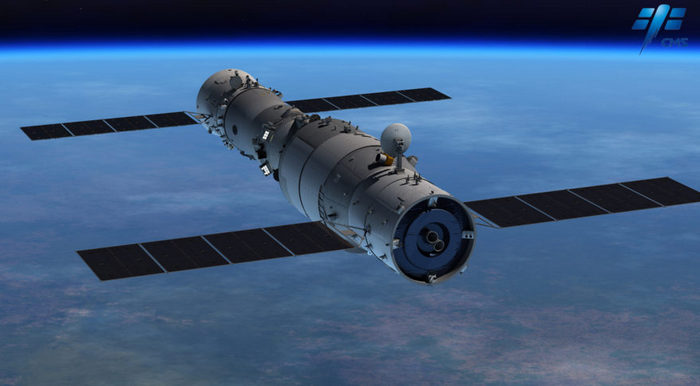
The space station could potentially be expanded to six modules if all goes to plan. The second Tianhe core module could allow two more modules to join the orbital outpost.
Project history
Tiangong’s journey to orbit has been a long one. The project was first approved in 1992, after which the country began developing the Shenzhou crewed spacecraft and the Long March 2F rocket to send astronauts into space. Yang Liwei became the first Chinese astronaut in space in October 2003, making China the third country in the world to send a human into orbit on its own.

China has expressed interest in becoming a partner in the International Space Station, but this possibility was blocked by a 2011 decree passed by US lawmakers that effectively banned NASA from coordinating directly with China or any Chinese-owned company. In order to be able to build and operate a manned space station, China first needed to test the most important systems of the space station, including life support systems and technologies for spacecraft rendezvous and docking at 28,080 km/h in orbit. To do this, China launched the 8.2 tonne Tiangong-1 space laboratory in 2011, and then sent the unmanned Shenzhou-8 into orbit, followed by the manned Shenzhou-9 and Shenzhou-10 to join Tiangong-1 in orbit.
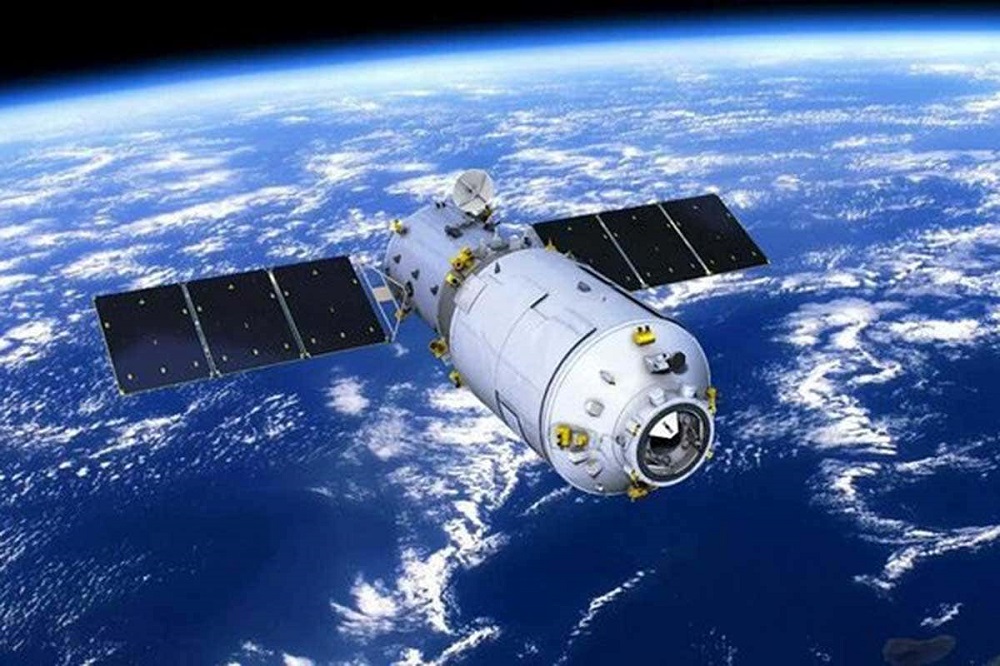
An upgraded but similarly sized Tiangong-2 was launched in 2016 and hosted a crew of two Shenzhou-11 astronauts for just over a month, setting a new national record for the duration of a human spaceflight.
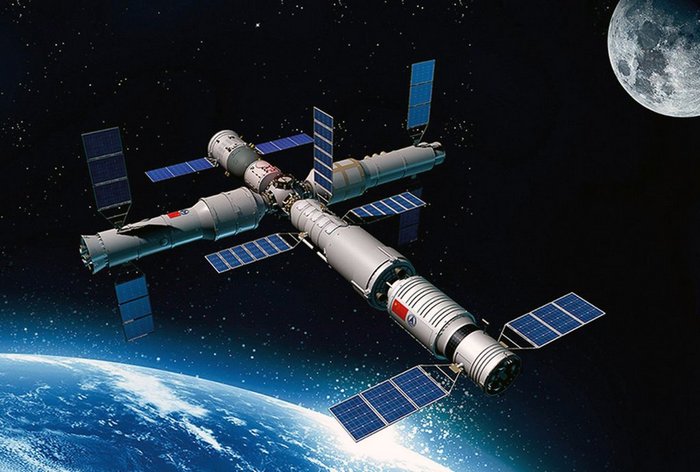
While China’s manned spaceflight agency celebrated these initial milestones, the agency also focused on developing new, larger, heavy-lift Long March launch vehicles that will enable the space station. The Long March 5B was designed specifically to launch huge space station modules into low Earth orbit. The same rocket was the source of one of the largest uncontrolled re-entries in recent decades after the Tianhe launch in late April 2021. The launches of Mengtian and Wentian were followed by similar uncontrolled reentries of Long March 5B, which prompted further criticism from the United States and other countries. In 2014, China completed the construction of a new coastal launch site in Wenchang specifically to launch these larger diameter rockets that must be delivered by sea.
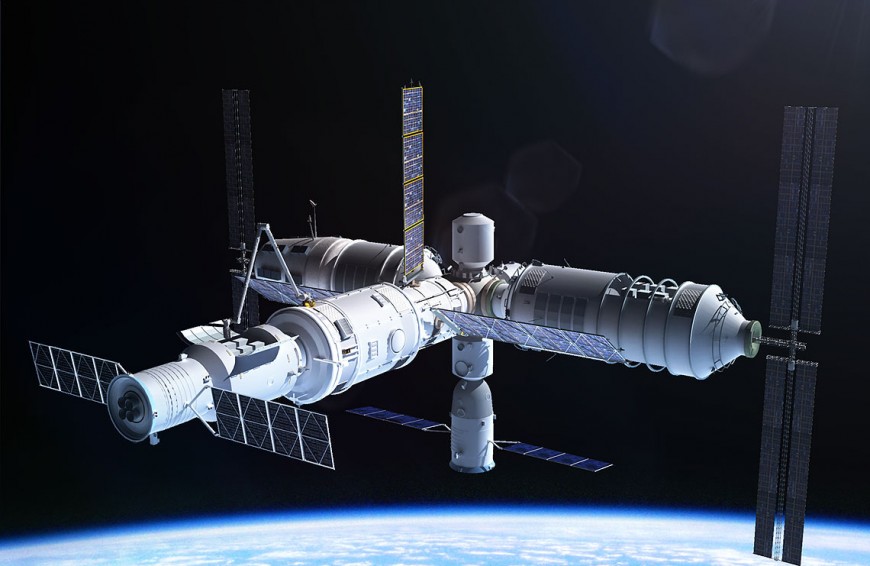
You can find out where the Tiangong space station is located with these useful resources from N2YO.com. Explore Tiangong with this interactive virtual exhibition from the China Manned Spaceflight Agency.
Read also:
- The mysteries of Universe that we still don’t know the answers to
- Geoengineering challenges: EU to ban scientists from ‘playing God’